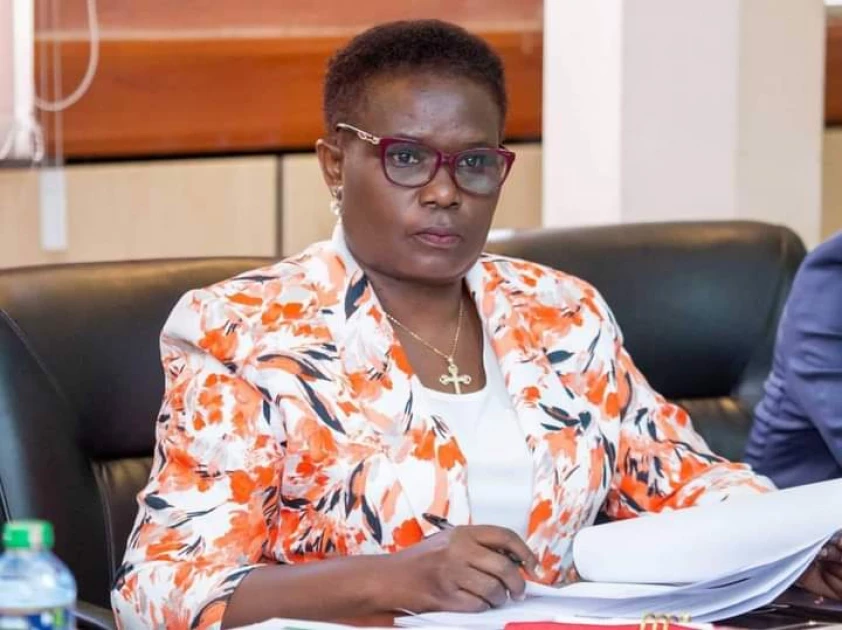An Escapade to Remember at Sagana’s Mimosa Park

Hey there 👋 And Welcome to My Blog🤗 My name is Nivah Nkatha Kirimi 😊A Blogger and Journalist (Award-Winning😉) Flawed, yet TOP-TIER😌👑❤️ Here is to: Informative, Motivational, fun vibes🤩 health, adventure and lifestyle articles😀 And all News Articles making headlines 😊 Contact: +254702256983 Email: nivahkirimi@gmail.com Welcome aboard 🤝 🤗❤️

Meru County, nestled on the eastern slopes of Mount Kenya, has long been a region of vibrant political activity. Known for its diverse culture, rich agricultural lands, and strategic importance, Meru is now becoming equally known for its political drama. The past months have seen Meru being a hotbed of political intrigue, power play, and even an attempted ouster of its governor.
But what is really happening in Meru, and why is it so significant?
Meru's politics have always been colorful, characterized by a mix of traditional leadership structures and modern political dynamics. Historically, the region has been governed by a blend of community elders, known as the Njuri Ncheke, and elected officials. This unique interplay has often created a delicate balance between respecting traditional governance and embracing the democratic process.
However, in the past few years, this balance has been disrupted. The county has experienced rising political tensions, leading to a power struggle that has left many citizens questioning the direction of their leadership. At the eye of this political tornado stands the embattled governor, whose tenure has been marked by a series of controversies and attempts at impeachment.
The Impeachment Saga: A Drama Unfolds
The most notable episode in Meru’s political saga is the attempt to impeach the sitting governor, Hon. Kawira Mwangaza. The motion for impeachment was brought forth by members of the county assembly, citing allegations ranging from gross misconduct to abuse of office. These accusations, which painted a picture of a leader out of touch with her constituents, quickly gained traction, sparking widespread debate both within and outside the county.
The impeachment process itself was a spectacle, drawing in media houses, political analysts, and curious citizens from all corners of Kenya. For weeks, the county assembly was a battleground of words and accusations, where every side defended its position fiercely. The drama peaked when the governor narrowly escaped impeachment, thanks to a technicality that allowed her to survive the vote.
 |
| In-frame: Meru Governor Kawira Mwangaza |
While the governor’s narrow escape from impeachment may have temporarily quelled the storm, it left Meru more divided than ever. The impeachment attempt exposed deep rifts within the county’s political class, with factions emerging that are fiercely loyal to either side. For many citizens, these divisions are not just about politics but also reflect deeper concerns over issues of governance, corruption, and accountability.
Meru’s political future remains uncertain. With a governor whose tenure has been marred by controversy and an assembly that appears deeply divided, the path ahead is fraught with challenges. The recent turmoil has raised questions about the effectiveness of local governance and the ability of elected officials to address the pressing issues affecting the county.
As Meru navigates this turbulent period, the focus must shift from political theatrics to the real issues that affect the daily lives of its citizens. Agriculture, infrastructure, education, and healthcare are just a few of the areas that require urgent attention. The ongoing political turmoil threatens to derail efforts to improve these vital sectors.
However, hope is not lost, as the heightened political awareness among the people of Meru and the intense debates that have characterized recent events could pave the way for more accountable and responsive leadership. If there is one lesson to be learned from the impeachment saga, it is that the people of Meru are watching closely, and they expect their leaders to rise to the occasion.
In conclusion, Meru’s current political state is a microcosm of the challenges facing many counties in Kenya. It is an epic tale of power, ambition, and the quest for effective governance.
The leaders of the county must never lose sight of the fact that their primary responsibility is to serve the people, as they look to the future and not just weathering political storms.
Meru county... What is the fate of this endowed beautiful county .. insightful article gal .. congrats
ReplyDeleteThank you🤗I appreciate 😊
DeleteI love this . Keep up gal , proud of you
ReplyDeleteThank you so much😊❤️
Delete